Shabbat Shalom
The buildings all around us are the color of the desert, much like the wall around the Old City. As travelers journeyed up to Jerusalem over the centuries, the color scheme must have been quite similar. Green hills beneath us in every direction during spring would shift to muted browns in the dry seasons, with the colors of dust and stone structures awaiting weary travelers climbing toward this city on top of a hill.
Up to Jerusalem is not only the name of our tour but a revival of a phrase and an idea used by travelers over the millennia. A quick search of the phrase will reveal many occurrences in the Old and New Testaments. Taking a look at Psalms 120–134 in our Bible, we can find editorial notes or section titles describing these as songs of ascension, steps, degrees, or something similar. They all refer to traveling up to Jerusalem, which many faithful Jews so would have done regularly for the holy days of Shavuot (Pentecost), Sukkot (Feast of Tabernacles), and, of course, Pesach (Passover).
Perhaps before the days of recorded music, these songs were sung during the long journey up to Jerusalem. If you’ve ever taken a long hike, you may have found yourself singing as well. There’s something about singing, especially singing praises to God, that can bring a sweetness and a security to our weary spirits.
Today, since we have already come up to Jerusalem, we’ll now go throughout Jerusalem in many directions. This works very well on this Sabbath (Shabbat) in Israel, when roads will be lightly traveled at most. We see no trouble due to Ramadan travelers, and a bit of cool rain and cloud cover bring a quietness to the morning.
As the saying goes today, we can greet each other with “Shabbat Shalom,” a wish for a peaceful day of rest.
Israel Museum and Shrine of the Book
Hopping off the bus and through the Israel Museum entry, we are met with a grand open-air model of the entire city of Jerusalem, as it looked in New Testament times around AD 50. This 50:1 scale model was designed about 70 years ago. The original designers were faced with the challenge of choosing a time period from the 19 layers of ruins under modern Jerusalem, dating back over 5,000 years.
Because we have the most detailed record of the city from around AD 50 (including Christian and Jewish texts and especially the very detailed works of Josephus Flavius), the model reflects all of that information. To date, only two changes have been suggested based on updated findings, but the model is otherwise unchallenged in its accuracy and detail, right down to the topography of the soil including the three valleys that run through or around Jerusalem today. Our tour guides, Tito and Roni, explained to us in great detail where our journeys so far have taken us in relation to this model. It is just fascinating to see the connection between our journeys and the city as it once stood.
Just beyond the model, we entered the Shrine of the Book, which is dedicated to the Dead Sea Scrolls found in the Qumran caves used by the Essene community we visited only a few days ago. The exterior of the museum is a true piece of art, shaped like the lid of one of the jars in which the scrolls were found. The fountains spraying onto the sides of the roof remind us that the Essenes viewed water as both life and purification. At the four corners of the fountain, we see reminders of the Jewish altar. The Essenes viewed the body as a temple and believed regular ritual purification was key to spiritual health.
The museum entry revealed many artifacts from the Essene community, as well as two of the original jars containing the scrolls. The museum interior features a variety of written artifacts found among the Dead Sea jars and, in the center, a dramatically presented copy of the original scroll of Isaiah. Perhaps most notably for Christians, the scroll from about 300 BC contains prophecies of Christ.
Because some of these prophecies were so specific, 19th- and early 20th-century critics claimed that someone must have added them to Isaiah after Christ was born. Of course, this could not have happened in 300 BC when the scroll was penned; and with this the critics were silenced, and the reliability of the Bible was again validated by history and science.
Mount of Olives
We are heading now to the Mount of Olives. In this section of town, the roads have more pedestrians than vehicles; and we see many families walking leisurely even in the middle of the street between home and the Temple Mount. Climbing to the top, we are blessed with a jaw-dropping panoramic view of Jerusalem and the Temple Mount.
Paul Pierce gave us a word from an overlook here, reminding us that this 2.5-mile stretch from the north (Mount Scopus) to the south (Mount of Corruption) is mentioned repeatedly in Scripture. Most of us are familiar with New Testament writings about Christ here; but we also see these three mountains mentioned in 1 Kings 11 (where Solomon offered sacrifices to idols), 2 Samuel 15 (where David went up weeping after his son Absalom’s rebellion), and in Ezekiel 11 (where a vision shows the glory of the Lord leaving the Temple and pausing over the mountain east of the city).
But the Mount of Olives is not only part of our past; it is part of the future for everyone who places their faith in Jesus Christ, as we will one day return here. Christ is coming back here for us and for Israel. We are atop a mountain of hope indeed!
After a few more minutes for camera use, camel rides, and contemplation, we will grab lunch by the Church of Ascension before visiting the Garden of the Olive Press, also known as…
The Garden of Gethsemane
The rain has increased substantially, but our spirits are not dampened! The Garden of Gethsemane certainly was either right here or incredibly close. As one might surmise, there were (and still are!) olive trees along the side of this mountain; and the olive press would have been where we are walking, as the harvest of olives was always brought downhill to the location of the press.
It is hard to fathom the night that Jesus spent here praying, sweating blood, asking His disciples to awake and pray with Him. How many times have we, like Jesus, prayed that a cup might be passed from us? How often have we said, ”not my will, but yours” and then accepted His authority with obedience? I must confess that my personal answer is “not often enough.”
We visited the adjacent Church of All Nations and headed back through the downpour to the bus. Even with the rain, we had good views of churches dedicated centuries ago to Stephen, Mary, and Mary Magdalene, all still in use today.
The US & Israel Today
Our last two stops of the day will be the U.S. embassy for some quick photos and then a solemn visit to a military cemetery to see the tomb of Michael Levin and hear Jim Showers tell his remarkable story.
Michael Levin grew up near FOI’s former executive director Bill Sutter in the 1990s and came to Israel at 17 to finish high school and enter the IDF in 2002. He overcame challenge after challenge to enter the IDF, and he would later join an elite paratrooper unit. He came to Israel without his family and was one of 6,000 “Lone Soldiers”: soldiers who came to Israel to serve without any family and had to be alone more often than the others.
Michael returned home to the U.S. to visit his family in July 2006. Just two days later, the Second Lebanon War began. Because Michael’s unit was on the Lebanon border, he hurried to join them. Well trained, armored up, and ready to serve, Michael entered the battle in a region where the fighting was harder than the IDF anticipated. When an RPG landed nearby, a small piece of shrapnel passed through a narrow gap in his armor and struck him in the neck, taking his life at the age of 22.
Bill Sutter and his wife traveled to Israel immediately to support Michael’s surviving family who were also on their way. Michael’s grieving father was concerned that there would not be 10 men to form a minyan at the funeral, as required by Jewish tradition; and he asked Bill to serve. Bill agreed, and they soon arrived at the cemetery where they were greeted by a sea of people. Because word had gotten out about Michael’s death and that he had no family nearby, 30,000 people came out to honor Michael’s sacrifice. Yes, the death of this lone American Jew who loved serving in Israel’s military drew a multitude seeking to comfort and honor.
In his earlier years in the IDF, Michael was known as being a Lone Soldier who would use his time to help other Lone Soldiers. He would help them find host families and other forms of local support that many were missing, and he often spoke of having a dream of opening a Lone Soldier Center to help those in need. Today, this dream has been realized; and the service to 7,000 Lone Soldiers in the IDF has expanded to several centers.
Within two hours, the sun will set; and Shabbat will officially end. At that time, a few of us will take a walk to Ben Yehuda Street for shopping. Here, dozens and dozens of shops, cafes, and restaurants will open their doors and their seating to those ready to return to everyday life in Jerusalem. Hopefully a few of us will join them. Rumor has it that Golda ice cream beats anything in the U.S., so a few of us are hoping to have a taste for a late dessert.
Until then, from all of us in Israel, we wish you a Good Shabbos!
Our Team
Blog author: David Lightfoot
Photos: Roxanne Lightfoot
Administrative Assistant to the Executive Director
The Friends of Israel Gospel Ministry

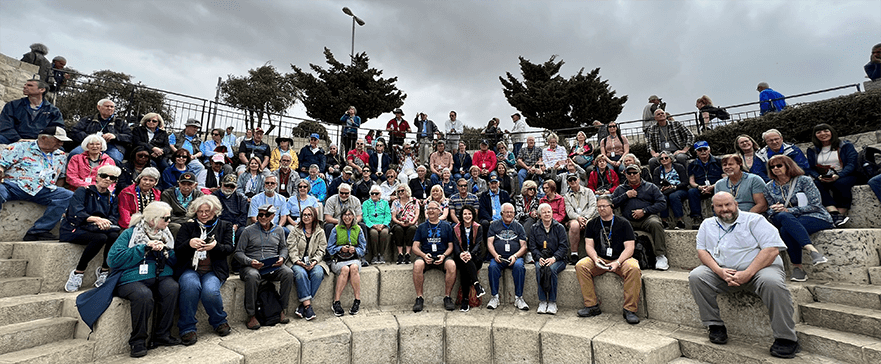


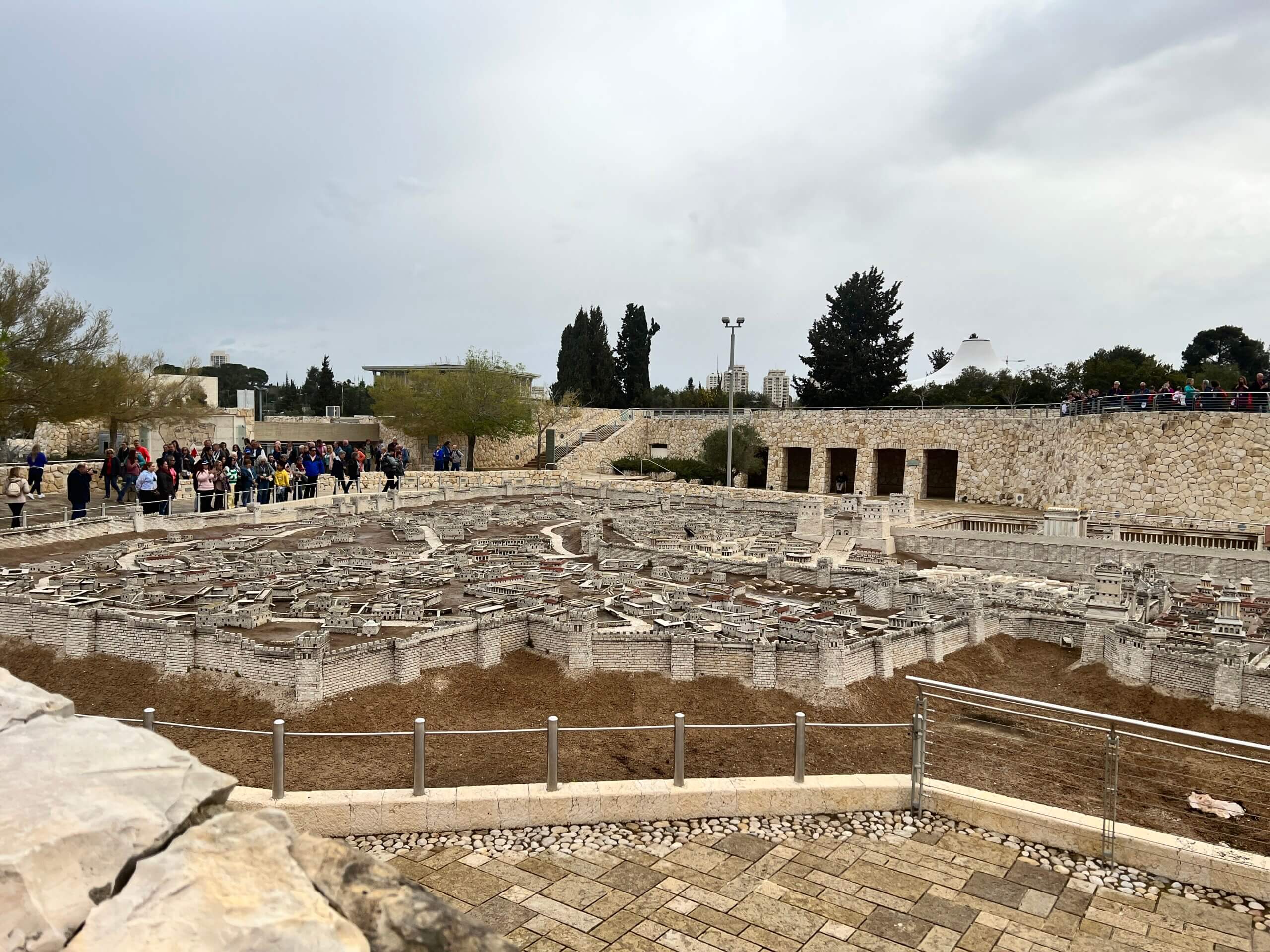
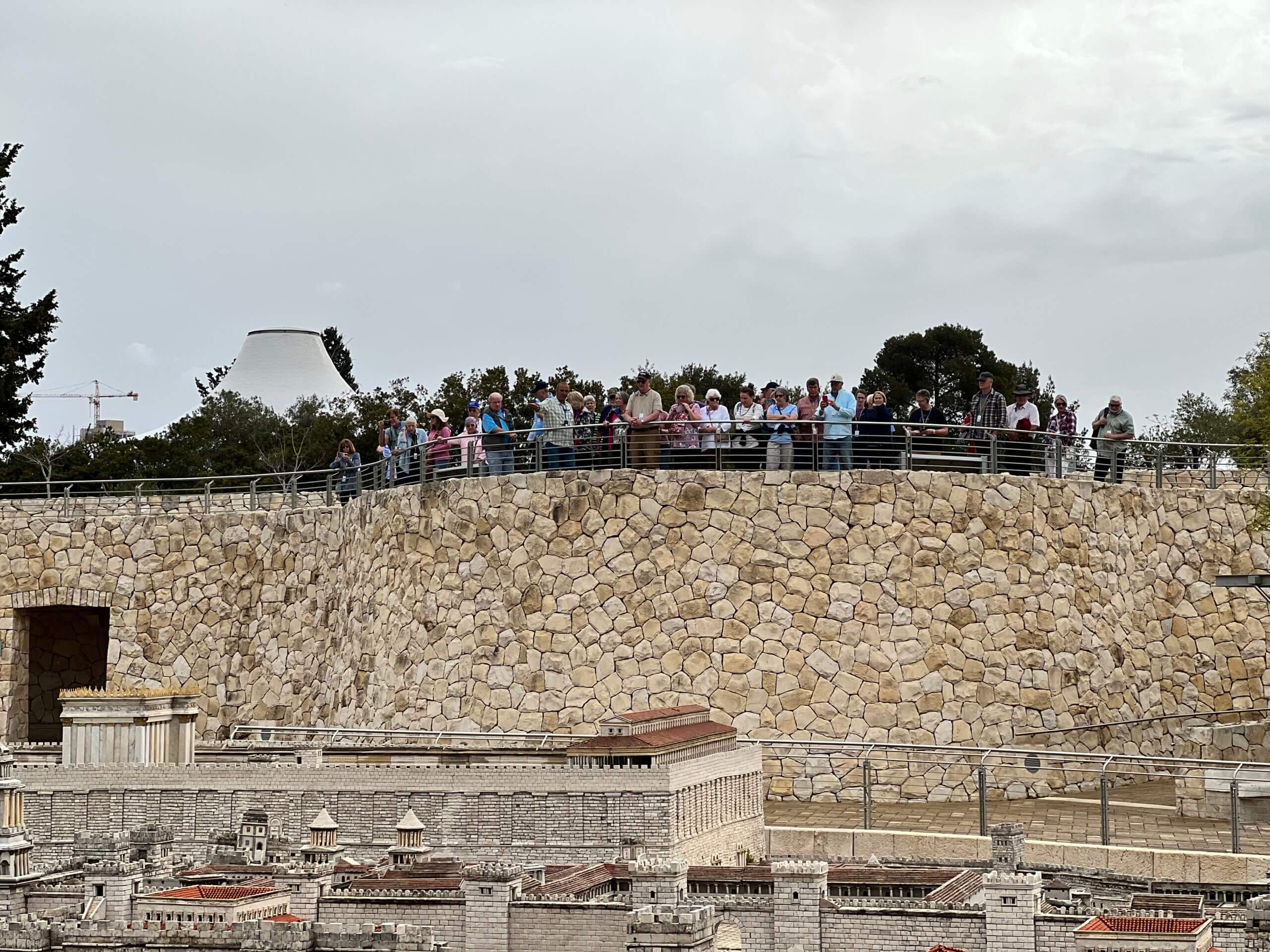
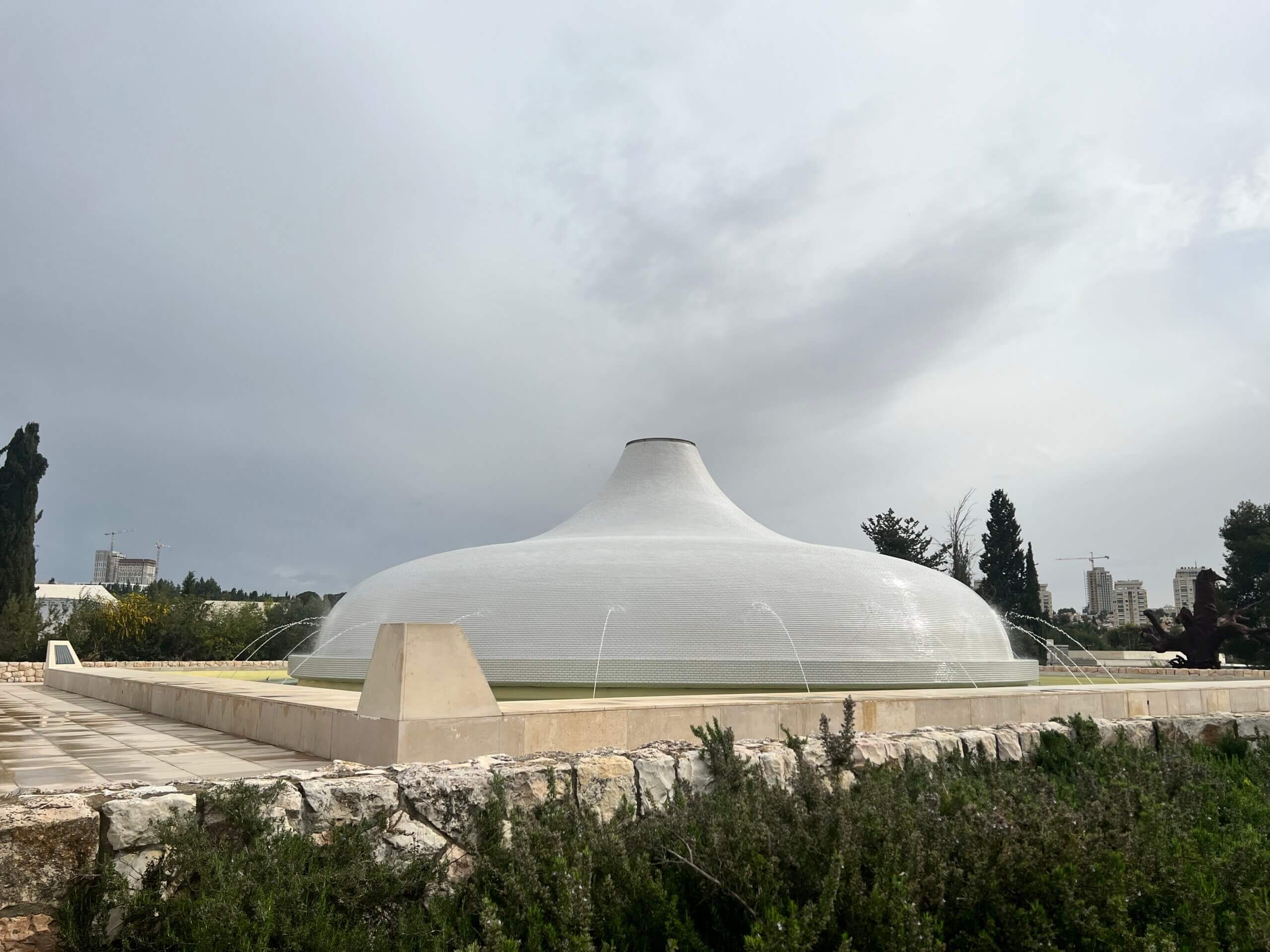
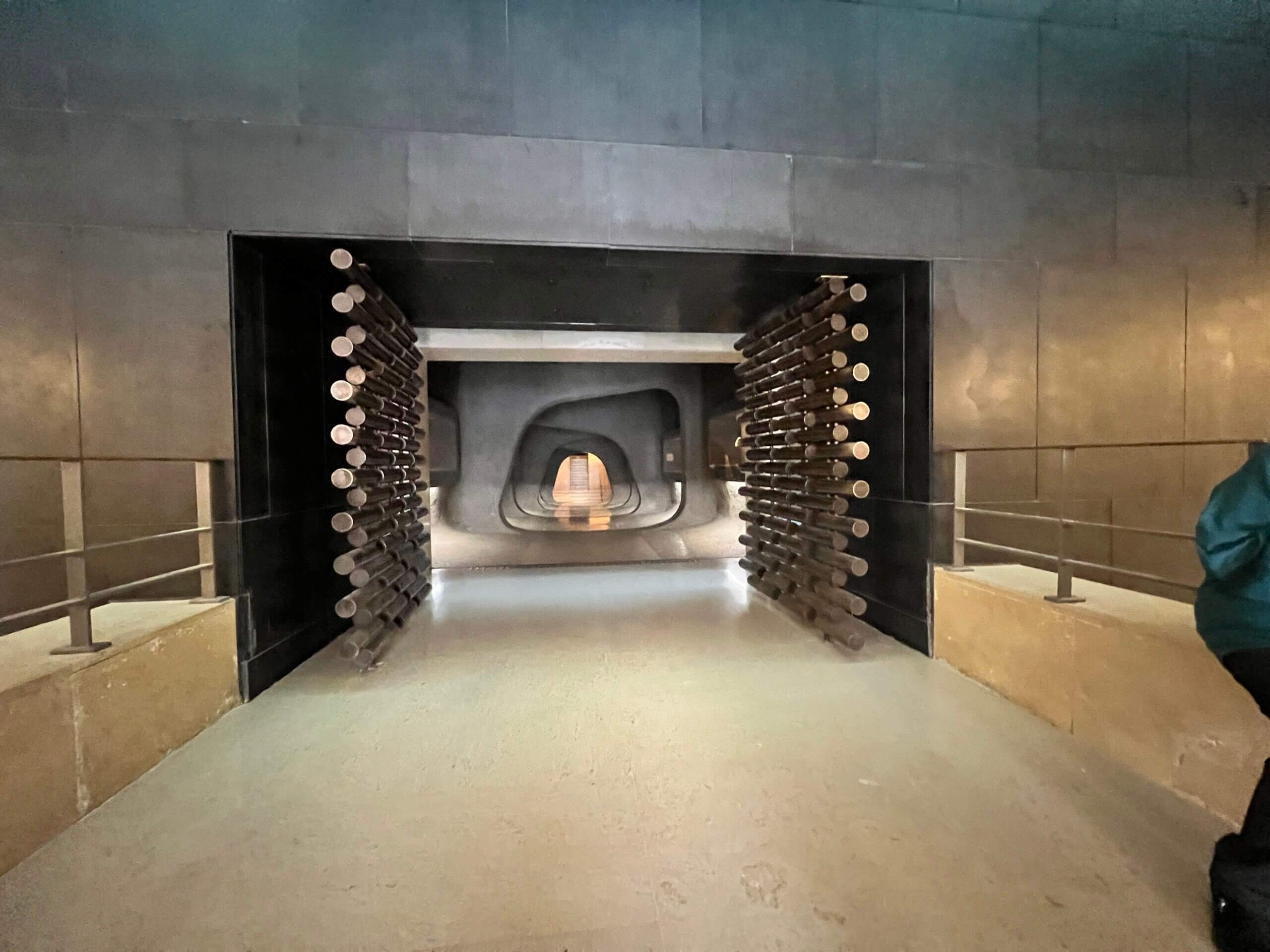
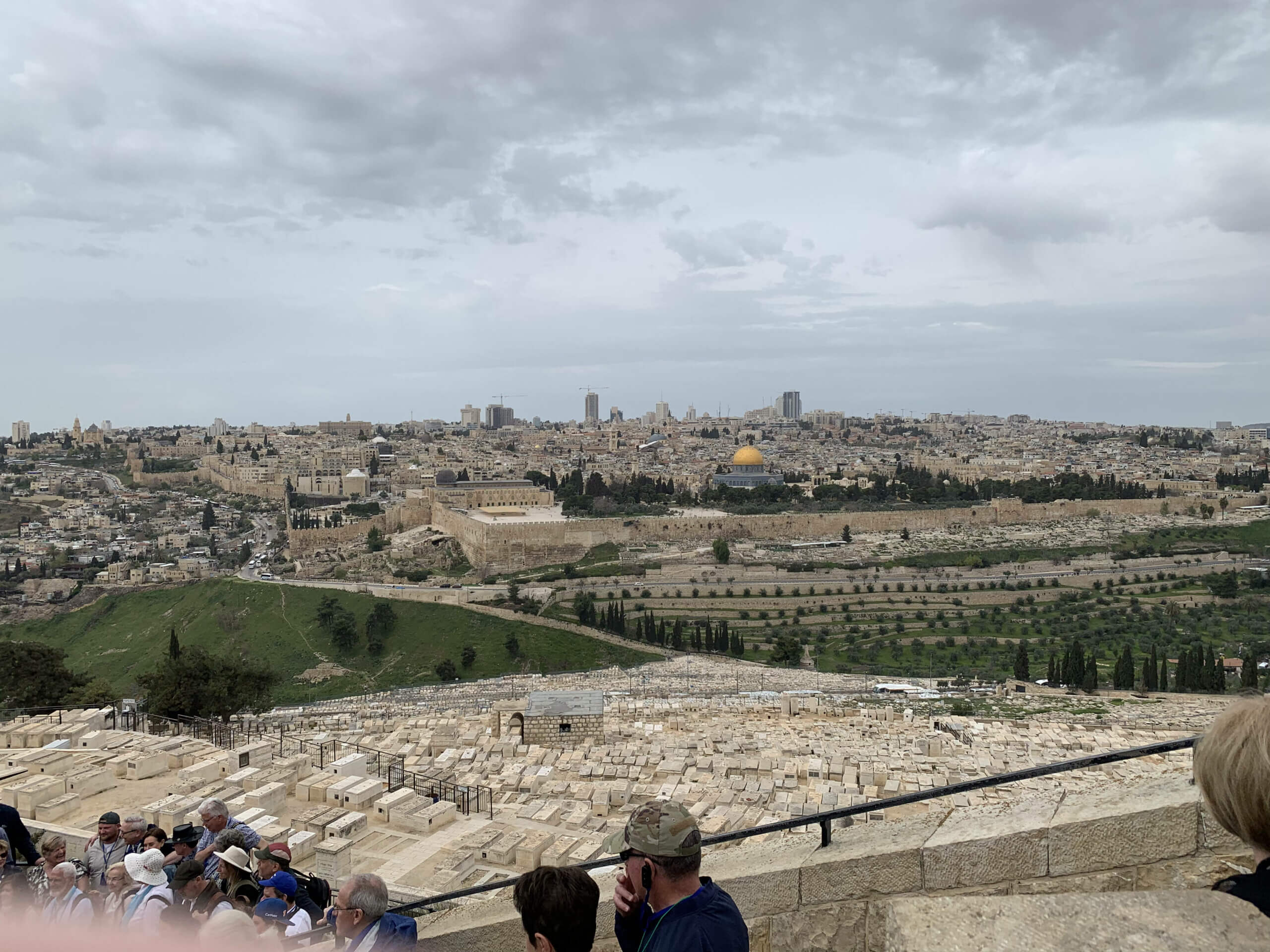
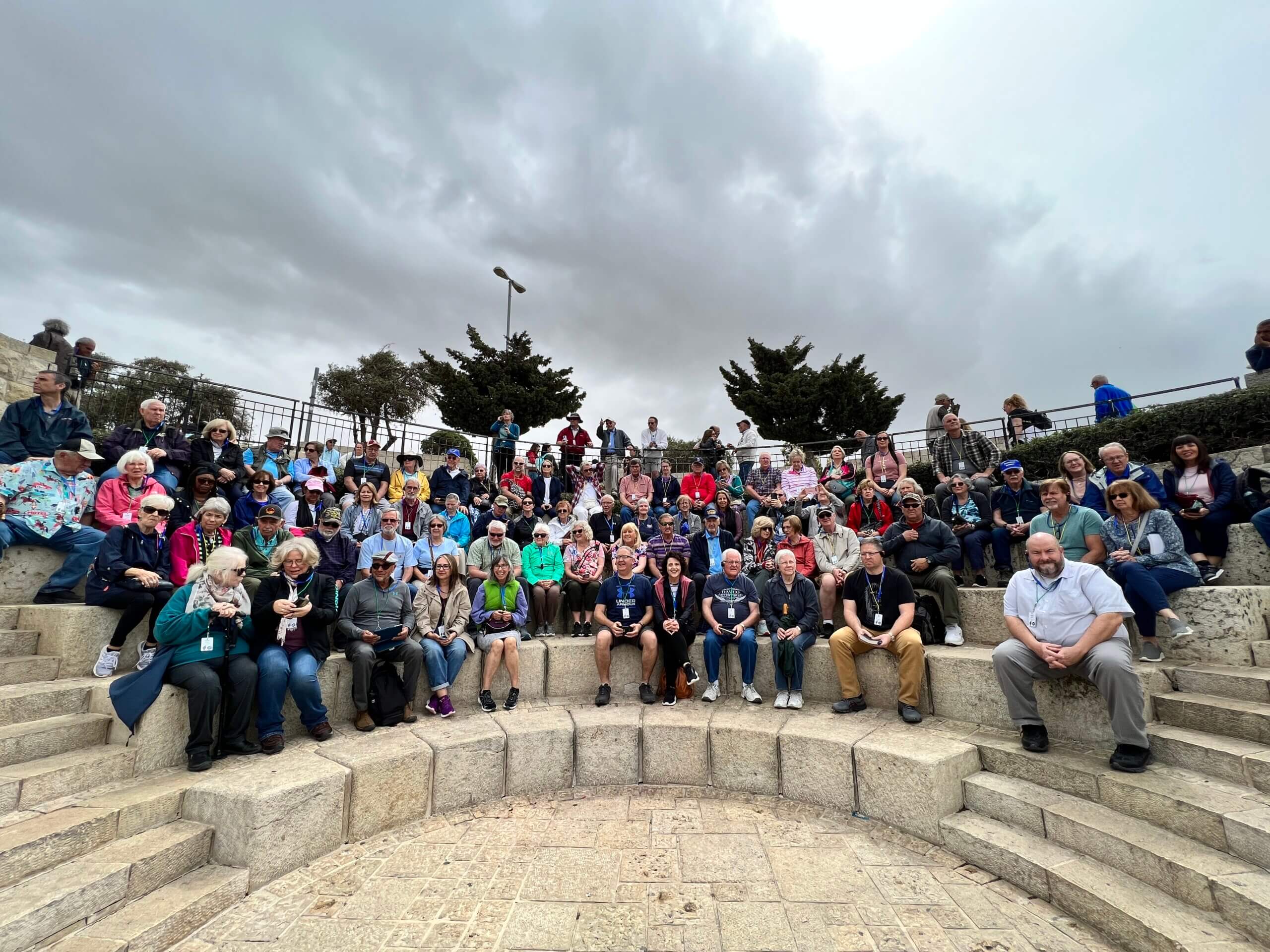
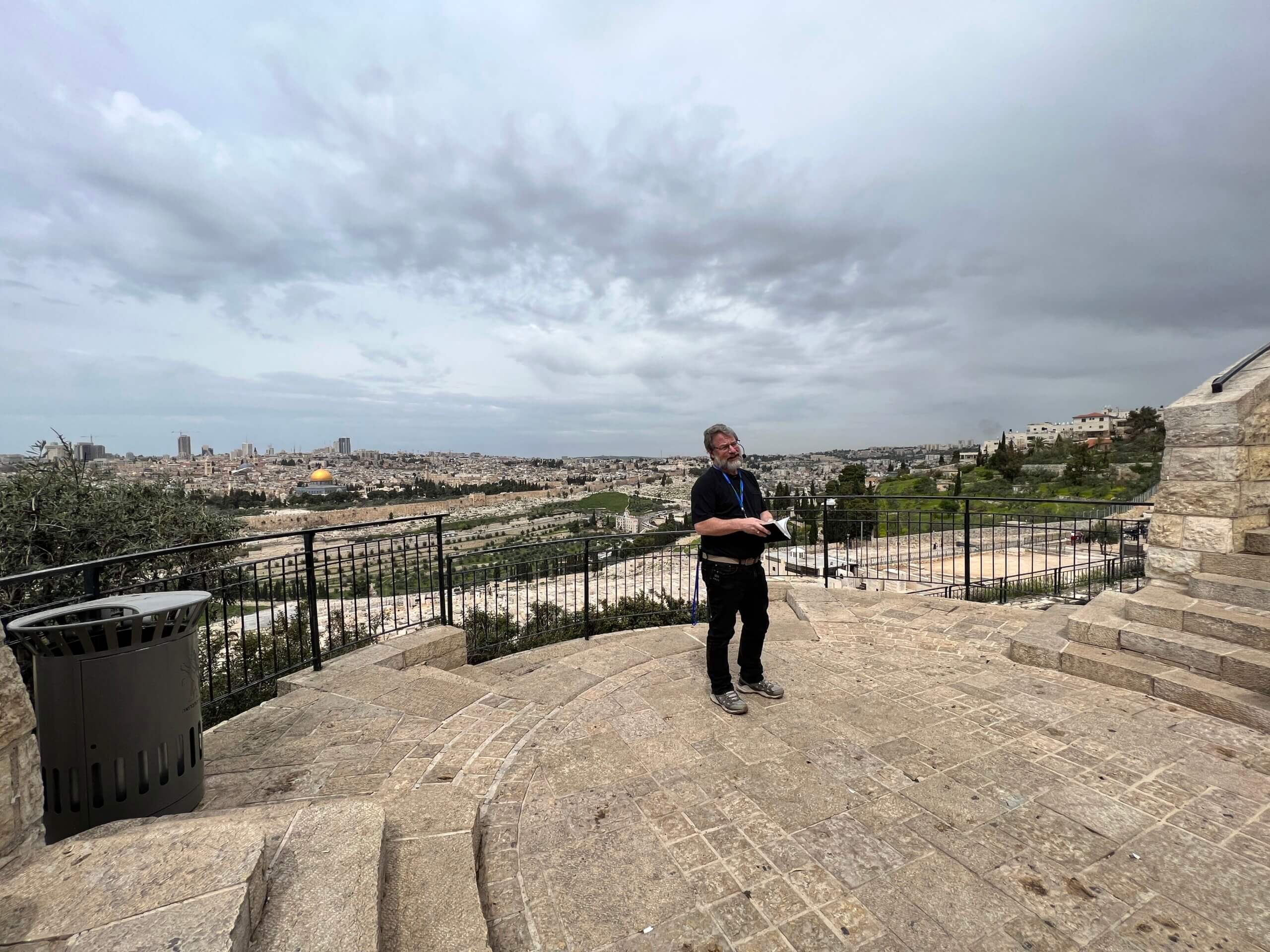
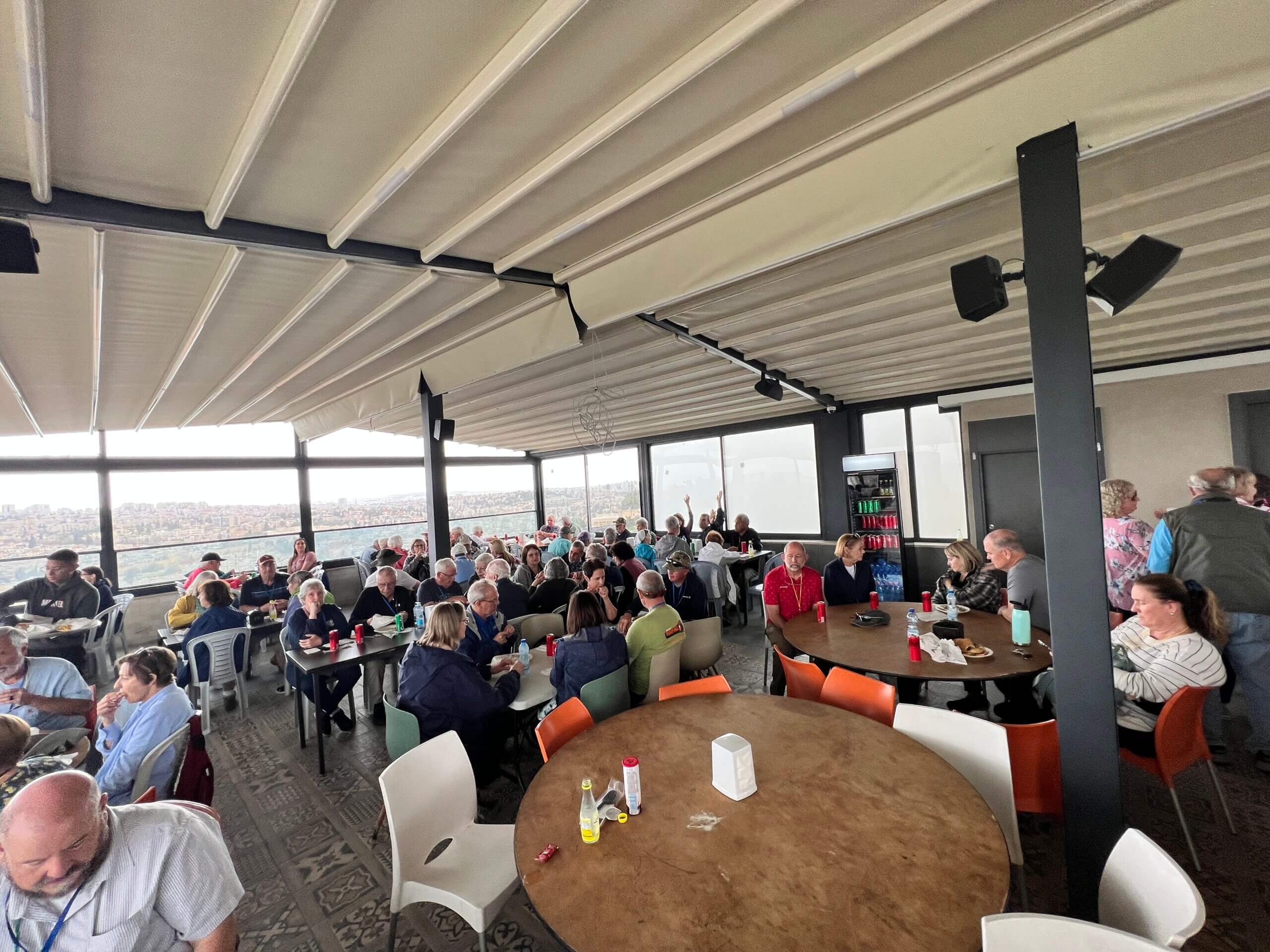
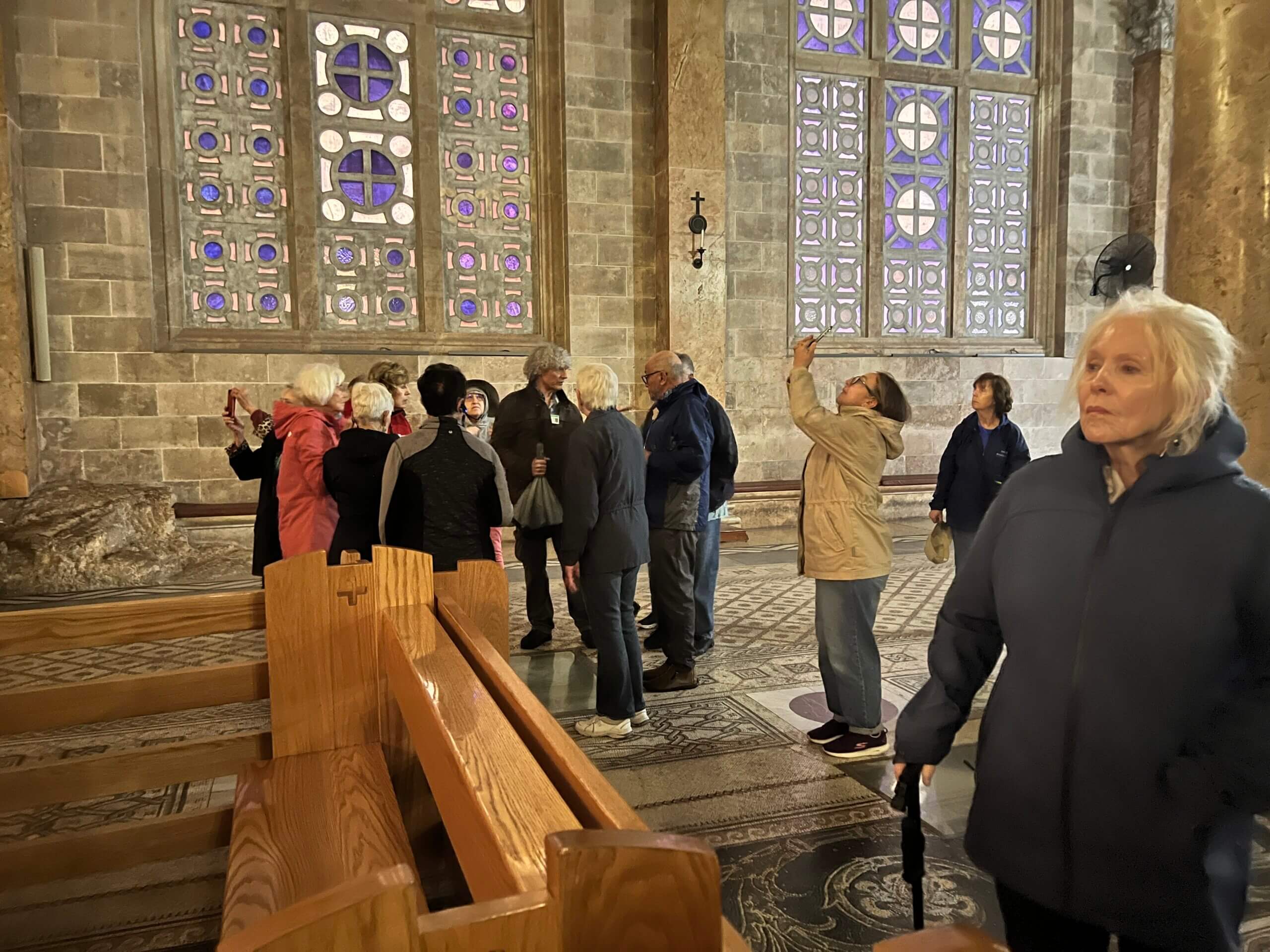
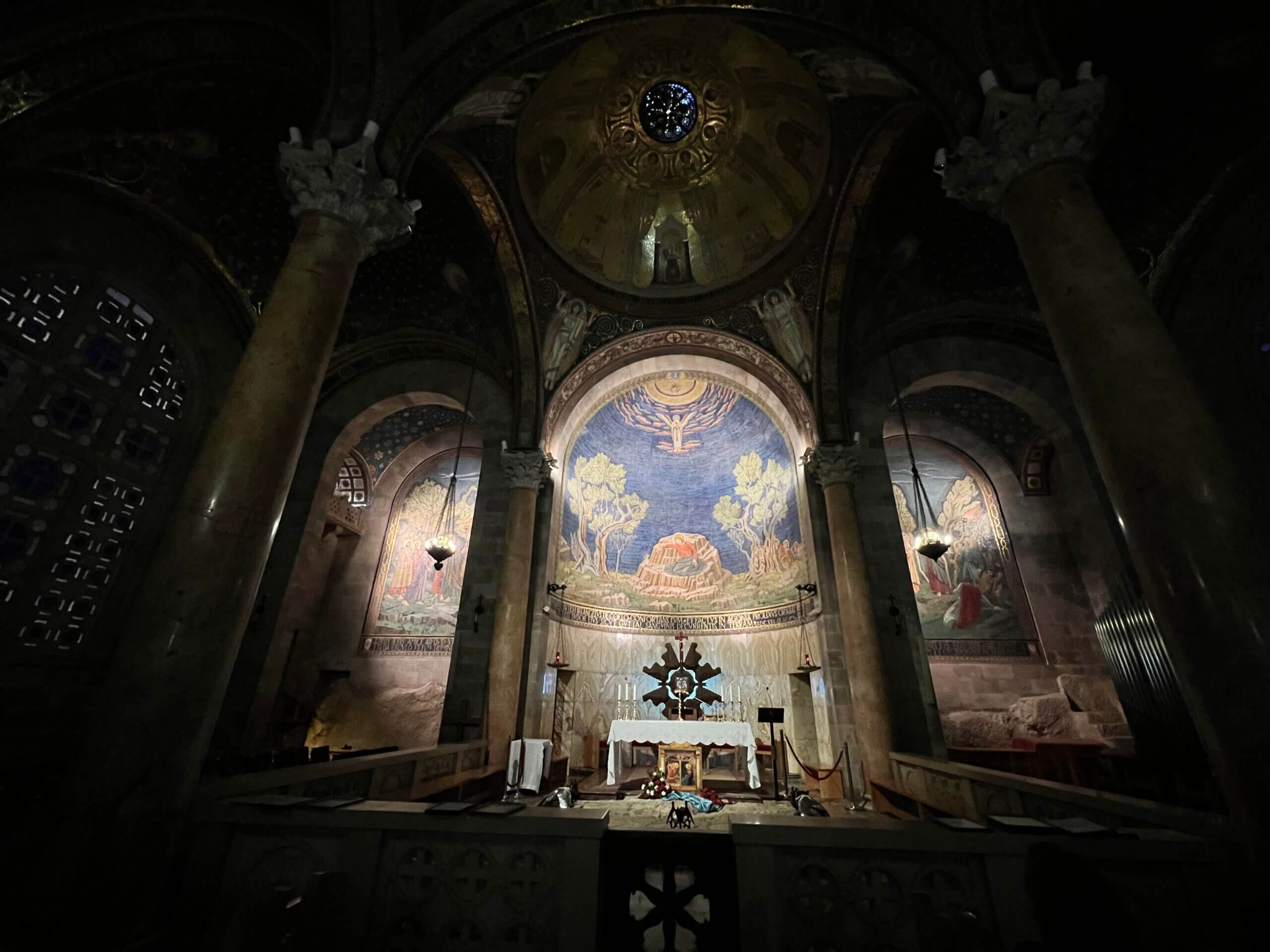
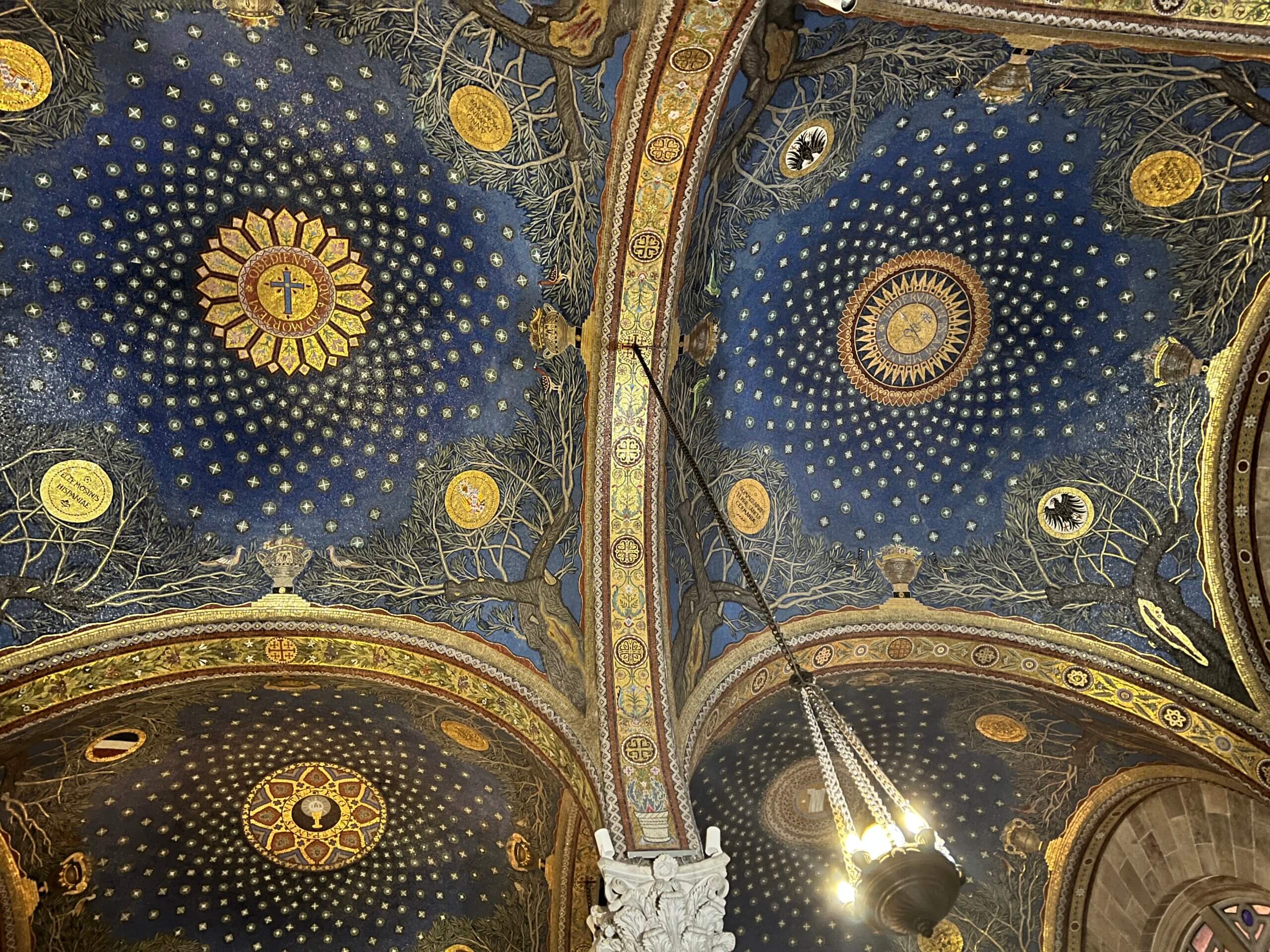
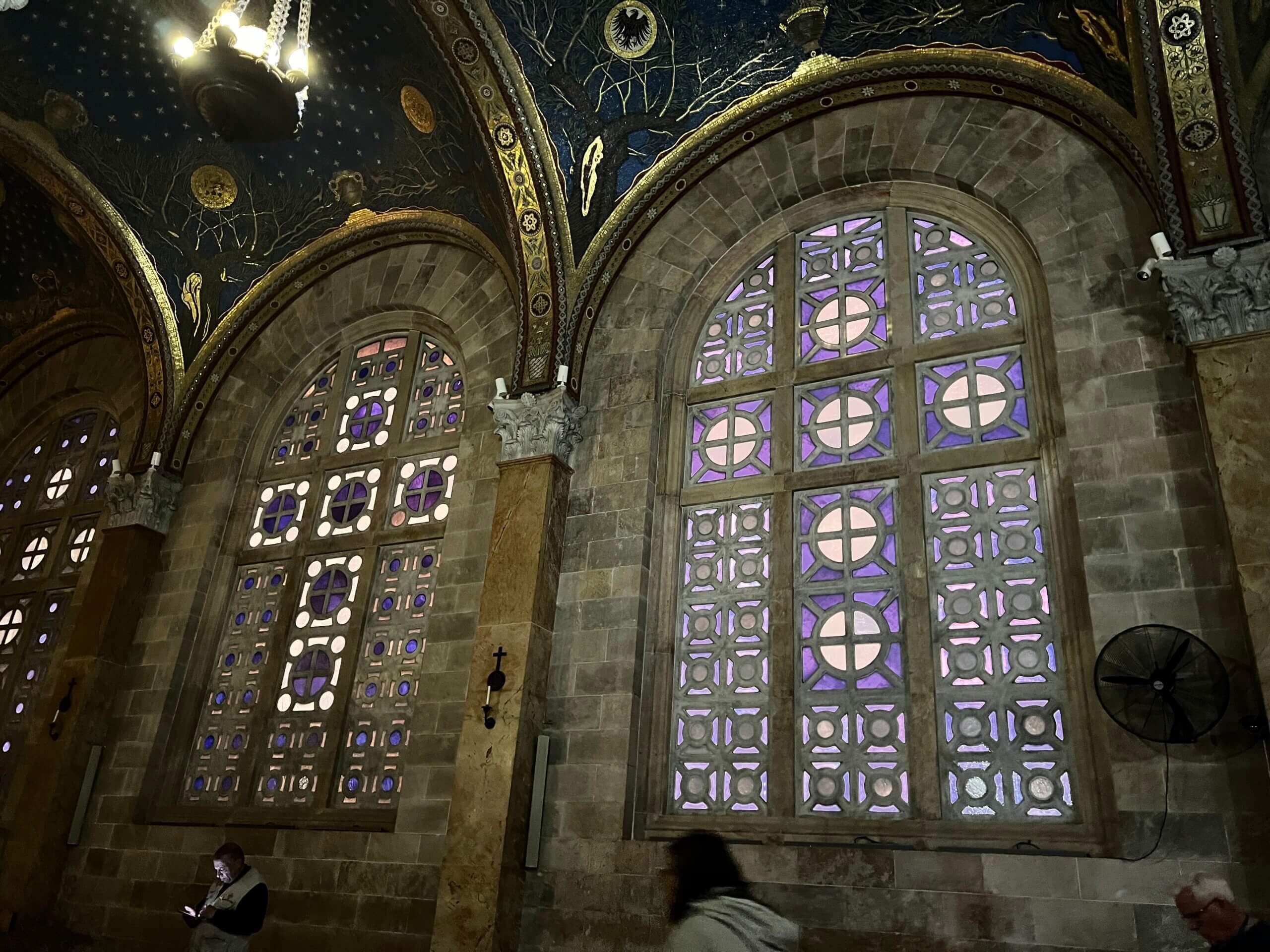
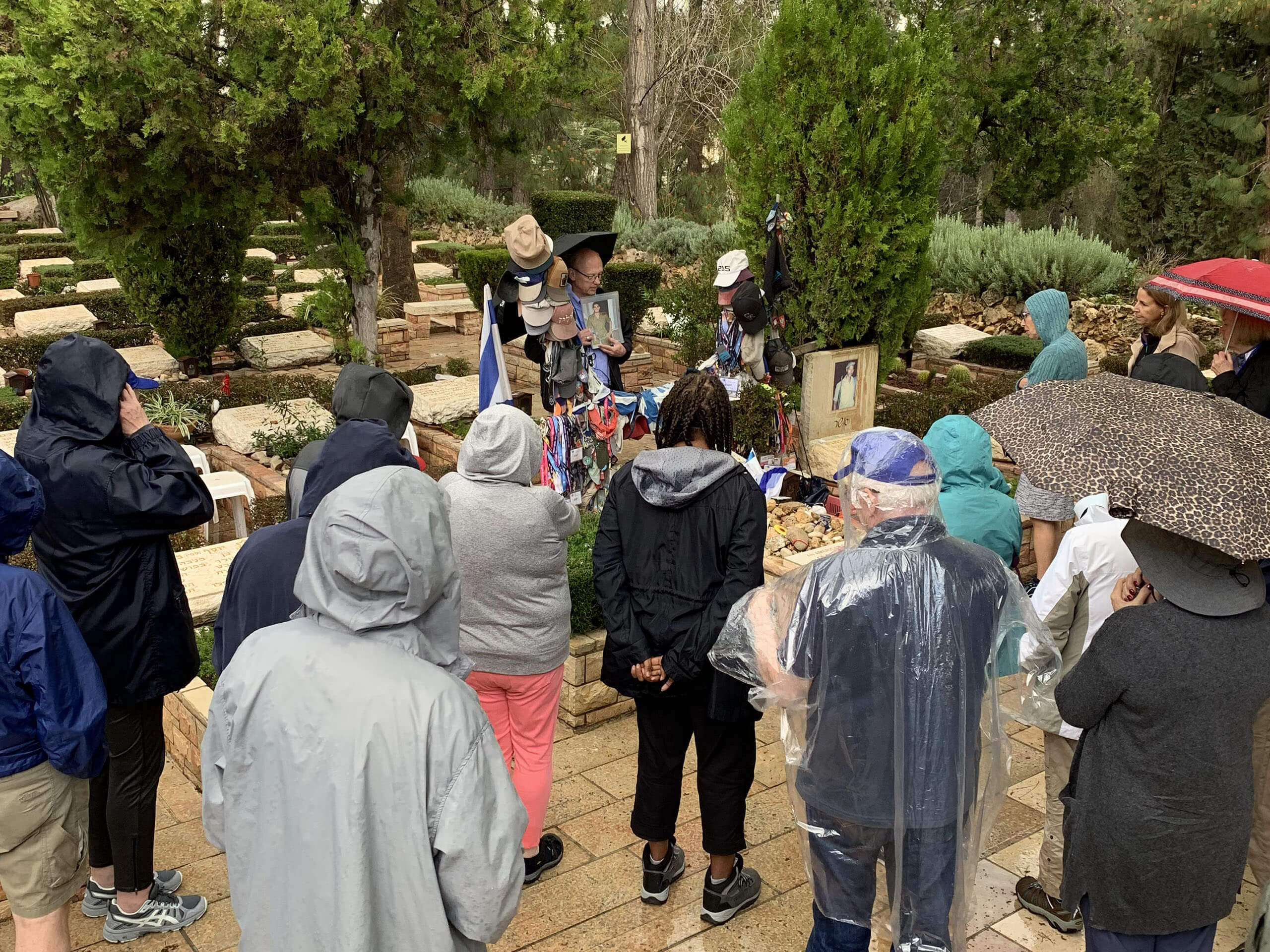
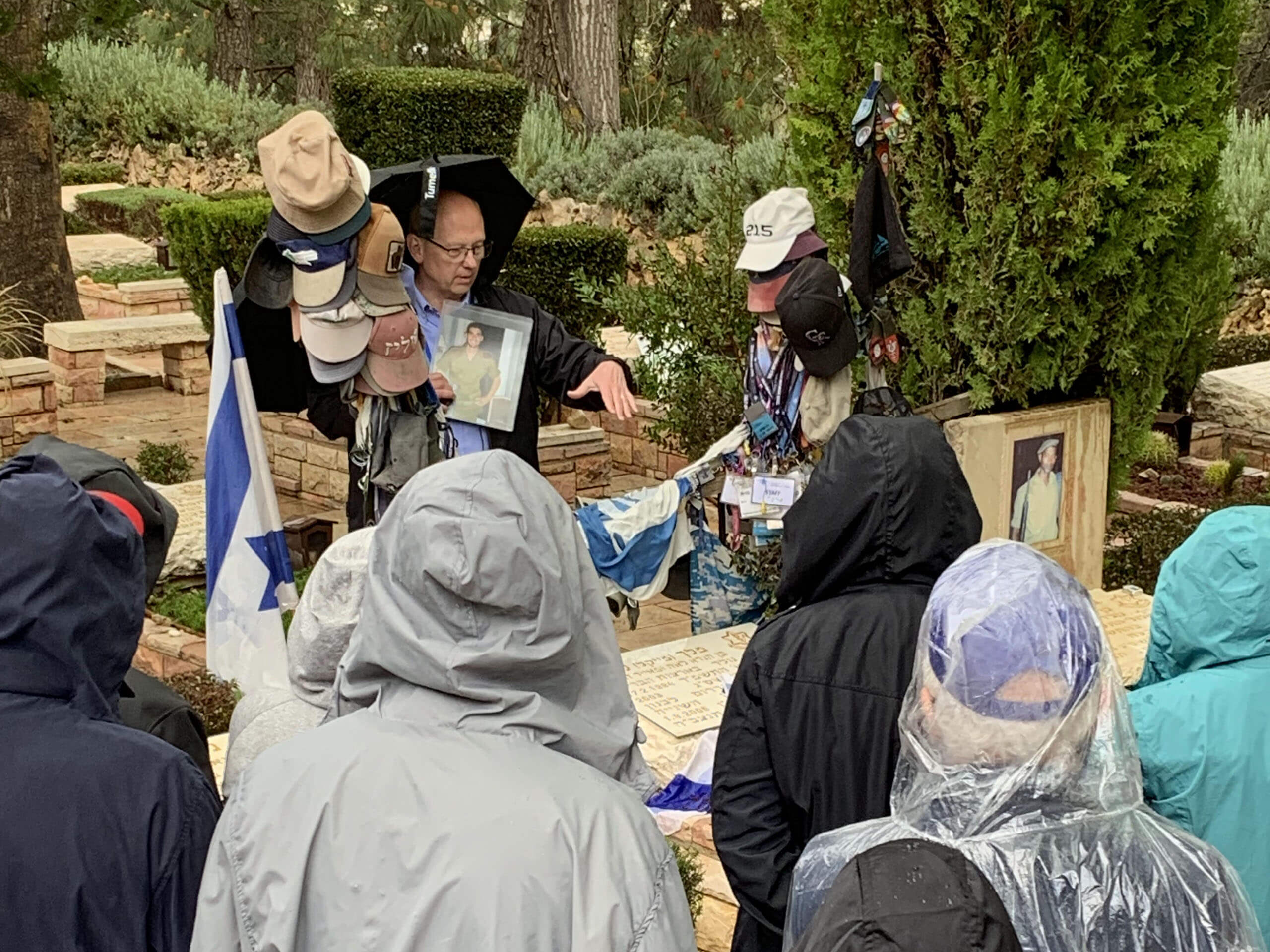
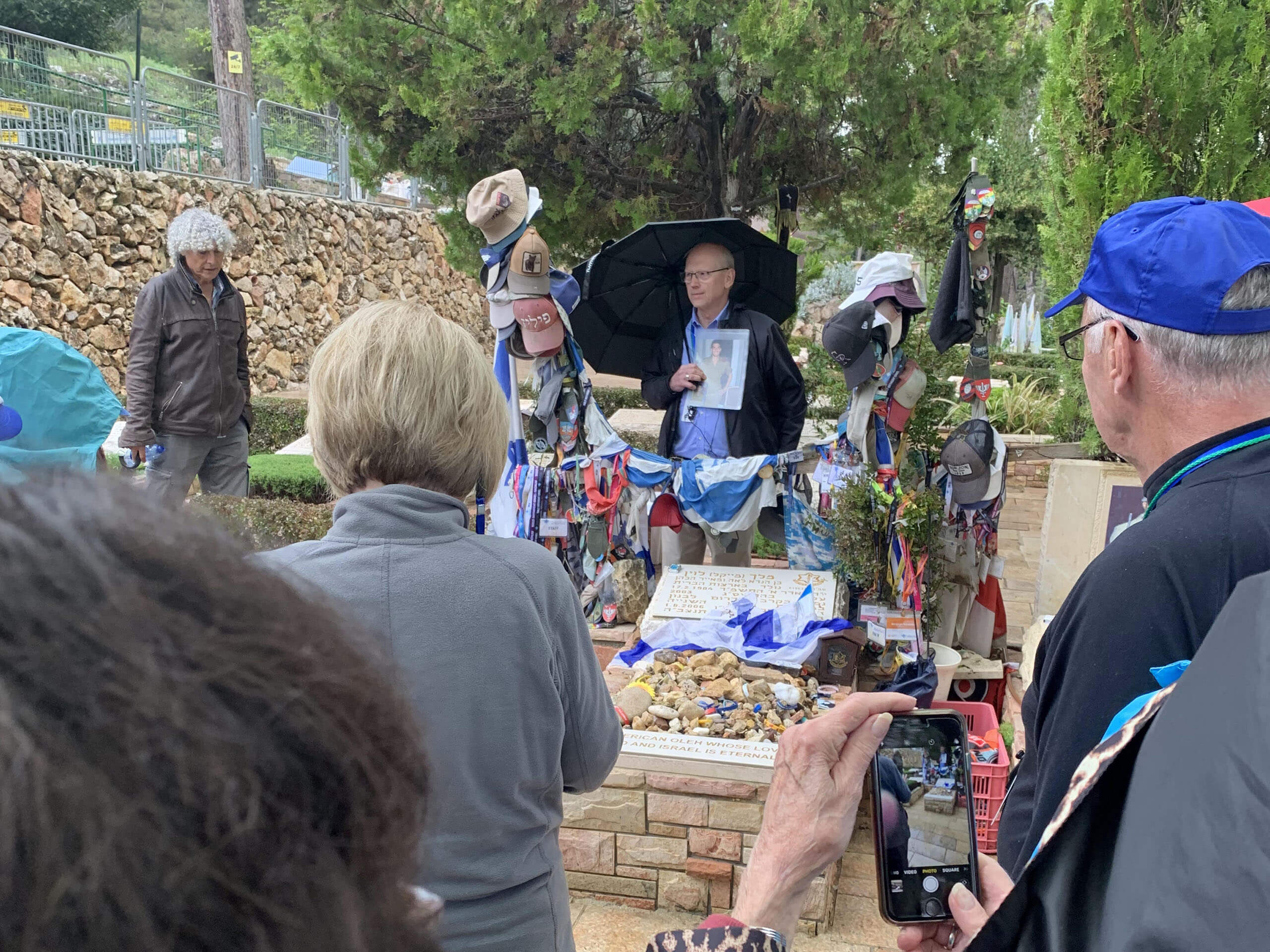


Comments 1
Greetings to all the Spring Tour “Pilgrims”! (As Tito called us last November on the Fall Tour!). Thank you for sharing your daily Blog, and I am with you in spirit. I think about our Fall ‘22 Tour daily and thank our Lord that I was able to participate. It changed me FOREVER! And hopefully for the better. Thank you to the Friends of Israel for planning, organizing, and executing such an unforgettable journey. “This is the Lord’s doing; it is marvellous in our eyes.” Ps 118:23 KJV